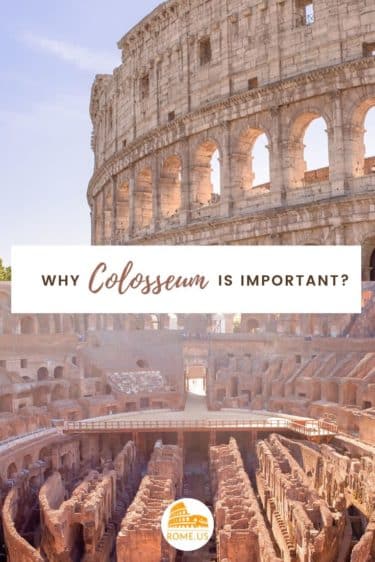

The first Italian artist to perform at the Flavian Amphitheater in 2011 was Biagio Antonacci, Andrea Bocelli and Nicola Piovani followed in his footsteps. The Colosseum is certainly a dream place for artists aspiring to a unique performance in a location of such cultural relevance few though are those who succeed in this extraordinary enterprise. Some botanic experts have succeeded in classifying 684 plants, some of which seem to have exotic origin thanks to the presence of microclimates inside the amphitheater but with the passing of time, the number of plants present diminished drastically to 242. Inside the Colosseum, amid its remains, some species of plants of various origin can be found. For this reason, besides the terrible earthquake which destroyed it in 851, the Colosseum became an archaeological site which was very different from how it presented itself originally and it must be noted that some historians believe at least one third of it is missing. Some of its marble was in fact used in many Roman constructions, such as Saint Peter’s Basilica and the Barberini Palace. 2) Part of its walls have brought Roman buildings to lifeįor a certain period of time in history, the Flavian Amphitheatre was abandoned to its fate and because of this, it was used as a primary source of raw materials.Gladiatorial combats, symbol of this ancient arena, only ceased in 404 when a monk named Almacchio lost his life during the protest demonstrations, which during Constantine’s Empire became frequent in the city.
The openin gof the solosseum in 80 ad series#
with a series of events and shows that lasted for one hundred days. Here are 7 curious facts about the Colosseum.įollowing the work which lasted almost three years, the Colosseum was inaugurated in 80 A.D. The Flavian amphitheatre represents an amazing historical and archaeological treasure which, still today, is a constant reminder of the greatness of the Roman Empire. Underneath there were chambers that housed different beasts and ingenious trap doors that would allow for surprise arrivals of wild animals, much to the delight of the crowd.The Colosseum is the symbol of the Eternal City, one of the most renowned monuments in the world as well as being one of the world’s Seven Wonders. The floor was covered in sand and would sometimes resemble exotic locations for staged wild animal hunts. In the opening days of the Colosseum, some scholars believe, the central area was flooded in order to stage mock naval battles. The arena stage was where all of the action took place. A large canvas awning was extended or retracted, according to the heat of the day, by a team of sailors. Spectators in the Colosseum were arranged according to numbered seating and the flow of people organized by vast corridors, landings and staircases. The uppermost wooden tier was standing room only for the women and the poor. Beyond this were sections of marble seating for the populace: wealthy citizens, middle-class, slaves and foreigners. The interior of the Colosseum was even more impressive with an arena encircled by a walled terrace that provided ring-side seating for the Emperor, senators and distinguished citizens. Most were used by the public, with an innovative ticket system, two were reserved for use by the Emperor, leaving the final two for the Gladiators: The Gate of Life and the Gate of Death. There were 80 archways that led into the Colosseum. Each level was composed with different types of columns: the ground floor was Doric, Ionic for the middle floor and Corinthian columns on the uppermost floor. The facade of the Colosseum consisted of three floors with open arcades that housed statues at every archway. It was unique in Roman times because it was free-standing, while most amphitheaters were dug into hillsides that aided support of the structure. The Colosseum was built mainly from locally-quarried limestone while its inner walls were constructed with concrete, brick and tufa, saving the lighter pumice for the vaults. It dominated the area at nearly 50 meters in height with a capacity of over 50,000 spectators. The structure was built in the valley between the Caelian, Esquiline and Palatine hills and was unlike anything the Romans had ever seen. Though the Colosseum was opened under Titus, the construction of the monument was completed under the reign of his brother, Domitian. Top 5 Budget-friendly Restaurants Near The Colosseum.The Top 5 Things To Do In The Vatican Area.The Top 5 Things To Do In Rome’s City Center.Rome’s Top 5 Activities For Kids & Families.


 0 kommentar(er)
0 kommentar(er)
